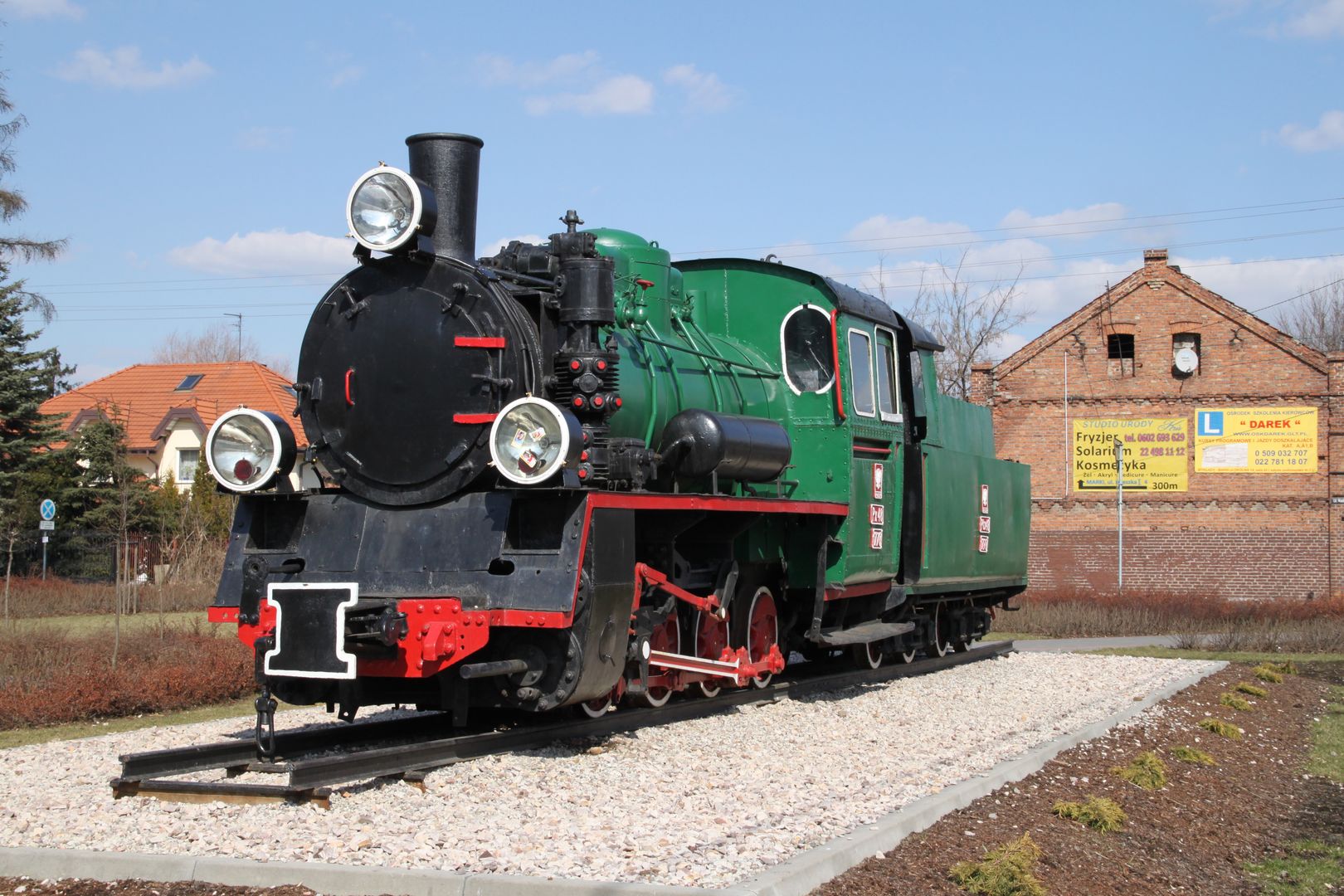Marki
7.21

Overview
Marki is a town in Poland, located in the Wołomin County, within the Warsaw metropolitan area. It is known for its rich history, architecture, and cultural diversity. Settlement in this area dates back to prehistoric times, with significant archaeological finds from the Stone Age. In the 16th century, Marki became a royal village, and its development accelerated in the 19th century when it began transforming into an industrial settlement, largely due to the activities of English entrepreneurs, the Briggs brothers. They built a wool spinning mill and workers' housing estates, which contributed to the town's growth. Marki is home to a revitalized building of the former elementary school, now the Marecki Center of Culture. The town boasts interesting architecture, including the neo-Gothic Church of St. Isidore from 1904 and historic housing estates such as Briggsówka, consisting of family homes for workers. An interesting fact is that Marki is home to the "Geodetic Center of Mazovia." The town also has a rich history from World War II, when it became the site of strategic events related to the Battle of Warsaw. After the war, Marki continued to develop, gaining town rights in 1967. Today, Marki is known for its numerous shops, shopping centers, and cultural activities, such as the Marki Futsal Championships or the Family Sports Festival. The town is also surrounded by beautiful nature, including the Horowe Bagno nature reserve, making it an attractive place to both live and relax. Marki is home to churches of various denominations and numerous educational institutions, contributing to its dynamic development.
Location
2025 Wizytor | All Rights Reserved